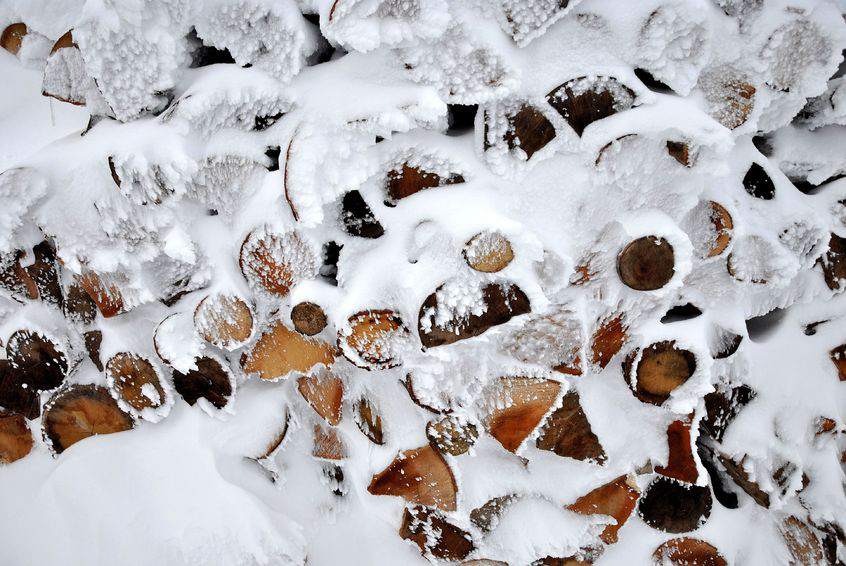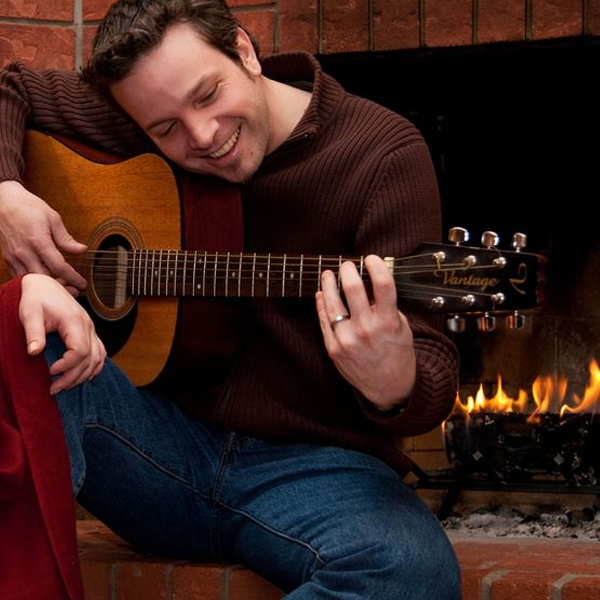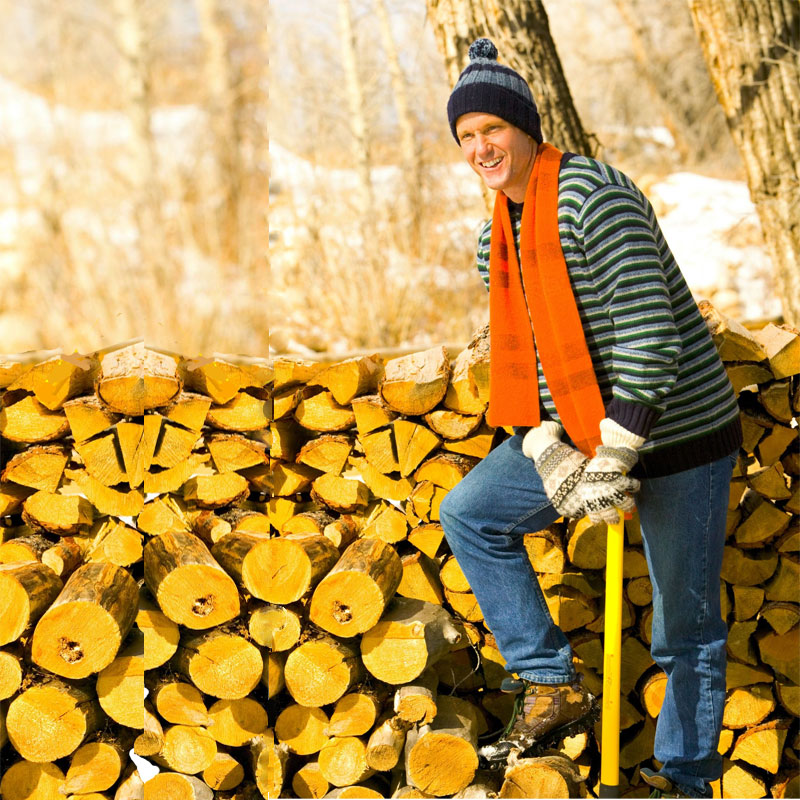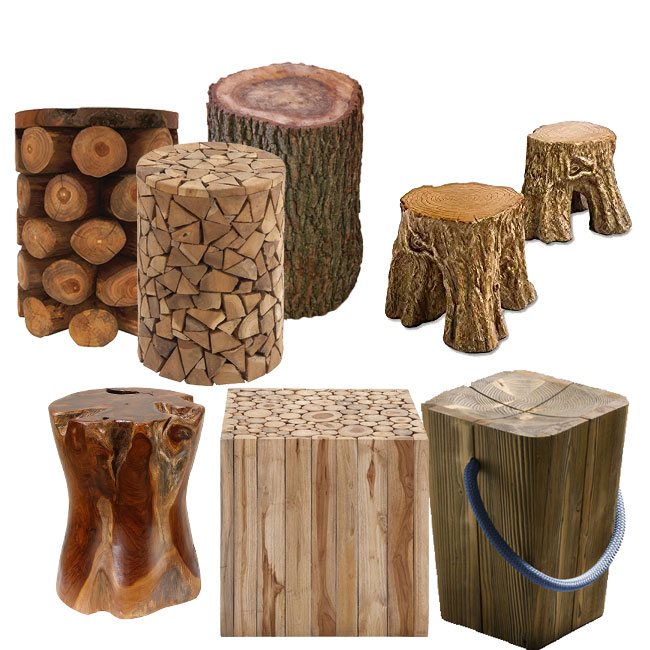by Susan
Share
by Susan
Share
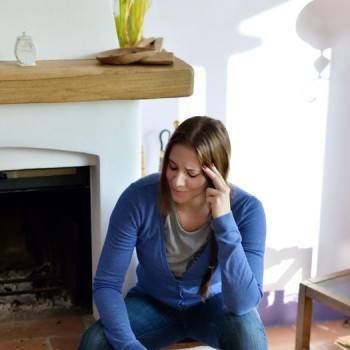
Why Won’t My Wood Fireplace Fire Stay Lit…or Light in the First Place?
You are all ready for a snuggly fireplace fire, but the fire in the fireplace won’t light! Or maybe your wood-burning fireplace fire won’t stay lit. Either way, use this check list to diagnose why your wood fireplace fire refuses to happen.
 Is the firewood dry?
Is the firewood dry?
If you are getting smoke but not flame, your firewood may have too much moisture. Unseasoned firewood has twice the internal moisture that well-seasoned firewood has. Perhaps your firewood has been directly exposed to rain or snow. Just as it would be difficult to ignite a wet rag, it is hard to get moist wood to catch on fire.
Solution:
If you have access to well-seasoned firewood, use it. If you don’t, remove the firewood from the grate. Place the firewood that would not light to the sides of the fireplace grate, but still within the fireplace firebox. Place a composite wax and sawdust fire log on the grate and try lighting it. Do not, however, add an artificial fire log to an existing, burning wood fire.
 Is your firewood freezing cold?
Is your firewood freezing cold?
If your firewood has just been brought inside from the freezing cold, it can be harder to get it to light.
Solution:
Bring some of your firewood inside before you plan to use it. Set it by the hearth so it can warm to room temperature before you use it to build your fire.
 Do you need more or better small pieces of tender?
Do you need more or better small pieces of tender?
It’s virtually impossible to get logs to light in a fireplace without first getting the fire started with much smaller bits of wood.
Solution:
Include newspaper, twigs and smaller pieces of kindling in your fire, but especially include a few sticks fatwood. Using resinous fatwood makes even a novice fire starter look like a fire wizard!
 Is your damper open all the way?
Is your damper open all the way?
The damper is the “doorway” between your fireplace and the chimney’s flue. If the damper is closed or only partially open, your fire may not be getting enough air.
Solution:
You may need to point a flashlight upward to see if your flue is open completely. Look for the handle and move it until the damper is completely open. (See How to Open the Damper. Or if your damper is stuck in the closed position, see How to Fix a Stuck Fireplace Damper.)
 Is your fire suffering from Cold Chimney Syndrome?
Is your fire suffering from Cold Chimney Syndrome?
If you fireplace fire won’t stay lit, especially if your chimney is on an exterior wall, you 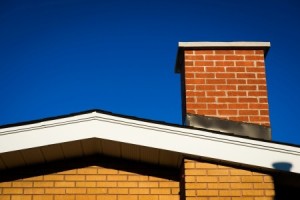 may have Cold Chimney Syndrome. If the air in the chimney is cold, you have a column of cold air “blocking” warm air from going up and out the flue. When the warm air can’t go up, replacement air isn’t drawn into your fire. You end up with a fire with not enough air, so it either won’t light or refuses to stay lit.
may have Cold Chimney Syndrome. If the air in the chimney is cold, you have a column of cold air “blocking” warm air from going up and out the flue. When the warm air can’t go up, replacement air isn’t drawn into your fire. You end up with a fire with not enough air, so it either won’t light or refuses to stay lit.
Solution:
Preheat your chimney. Warming up the air in the firebox up by the damper starts the heated air rising. As it rises, it supplies oxygen to your fire by pulling replacement air from your room through the firewood and up the flue.
The safest way to preheat the chimney is to use a hair dryer. Reach inside the firebox and point the hairdryer upward. Turn it on high heat for at least 10 seconds. Turn the hairdryer off before you start to remove it from the fireplace, or you run the risk of blowing fireplace ashes!
The more traditional method of preheating the chimney is to create a torch by rolling two or three sheets of newspaper. Light the torch and hold it up high in the firebox. Drop it onto the firewood before the flame reaches your hand.
 Is there sufficient resupply of air for the fire?
Is there sufficient resupply of air for the fire?
Modern homes are built to be energy efficient. Doors and windows are sealed to prevent any cold air from entering the house. But your fire is using air and sending hot smoky air up and out the flue. So your fire needs access to more air to keep the fire going. If your home is sealed too tightly, it can be difficult to start or sustain a fireplace fire.
Solution:
Start by adding oxygen to your fire with a bellows or blow poke. It that may be all your fire needs to catch and sustain itself.
If air from the bellows or blow poke helps, but the fireplace fire won’t stay lit when the extra air is removed, air resupply may be the problem.
The easiest solution is to crack a window in the room with the fireplace. A more long-term solution is to install an air resupply ventilator in the room. It goes through the wall, has noise and air filters, and allows you to adjust the amount of air to the minimum you need.
 Is your chimney at least 10 feet tall, at least 3 feet above the roof, and at least 2 feet taller than anything within 10 feet of it (such as an addition, dormer, neighboring home)?
Is your chimney at least 10 feet tall, at least 3 feet above the roof, and at least 2 feet taller than anything within 10 feet of it (such as an addition, dormer, neighboring home)?
If your chimney was not well designed originally – or if home additions have subsequently interfered with its functioning – you may find it difficult to get a fire going in your fireplace due to poor drafting. Sometimes this will manifest itself by sending smoke into the room (instead of up the chimney) when you try to have a fire.
Solution:
In some cases, a flue extender (a chimney cap with a 22” or 34” tall base) can correct a chimney height deficiency. Other times, a chimney exhaust fan such as an Enervex fan is the only thing that will overcome a chimney with a poor-drafting design.
 Is your chimney obstructed?
Is your chimney obstructed?
A chimney with an obstruction may not be able to pull enough air through it to keep a fire going. Everything from a crumbling flue tile to an animal’s nest could be obstructing your flue. A chimney cap will keep critters out of your chimney, but only a chimney inspection can reassure you that there’s nothing in the flue blocking the flow of air.
Solution:
Have a certified chimney sweep conduct at least a Level One (visual) if not a Level Two (video) Chimney Inspection.
It is both frustrating and disappointing when you have your heart set on a relaxing time by a fire, and the fire just refuses to spring to life or the fireplace fire won’t stay lit. Be sure you start with dry firewood and fatwood. Also, make certain you have a good draw of warm air flowing up the chimney, thereby pulling adequate resupply air into your fire.
Traditionally, knowledge based on teachings and experiences about selecting and burning firewood was passed along verbally. Often such information was put into a rhyming format to make it easier to remember. Thus were born firewood poems and firewood songs to address the question, “Which Firewood Burns Best?” As with most things passed from generation to generation, […]
Have firewood in your life? If you have a wood stove or a wood-burning fireplace, fire pit or fire bowl, you have probably heard some common sayings, sometimes found in rhymes and songs, about firewood. Some call them firewood Old Wives Tales or Old Husband Tales. How can you tell which one is a firewood fact or myth? Which […]
Usually when we think of a fireplace, we think of sharing it with friends and family. There is one type of fireplace, however, that is designed to enjoyed alone, in privacy: the bathroom fireplace. A bathroom fireplace is a personal and elegant indulgence. It is the ultimate for creating a spa-like retreat from the cares of the […]
If you burn wood in your fire pit, you have the makings of DIY fire pit log stump stool – the firewood logs themselves. From the most basic to the most clever, fire pit log stump stools capture the essence and simplicity of gathering around a fire. Here are directions for making a variety of DIY fire pit log […]
